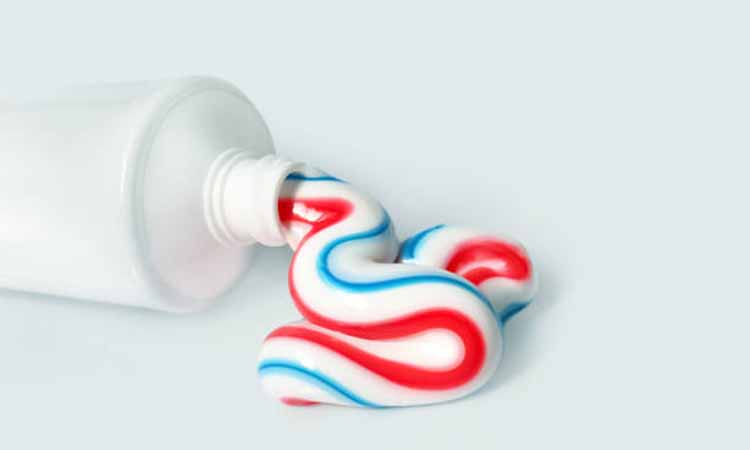
Meta Description:
“Toothpaste manufacturing is an intricate multi-stage process that requires accurate formulation with the assistance of a tube filling machine. From emulsifying the ingredients in emulsifying equipment and machines to filling, then the final product in tube filling machines and capping with tube sealers. “
Toothpaste is a morning and evening staple, but few know what goes into making it. Behind each tube of toothpaste is a tightly controlled production process that creates the paste as silky and hygienically packaged as you use it. From mixing the correct ingredients to the closing of the tubes, the process involves specialist machinery such as emulsifying machines, tube filling machines, and tube closure machines. Equipment manufacturers such as King Pack offer reliable machinery solutions for filling, capping, and labeling to maintain smooth production from start to finish.
Step-by-Step Toothpaste Making Procedure
Toothpaste production involves several key stages, including ingredient preparation, emulsification, and final packaging. Each step is essential in ensuring the product’s quality, texture, and stability.
Ingredient Preparation and Blending
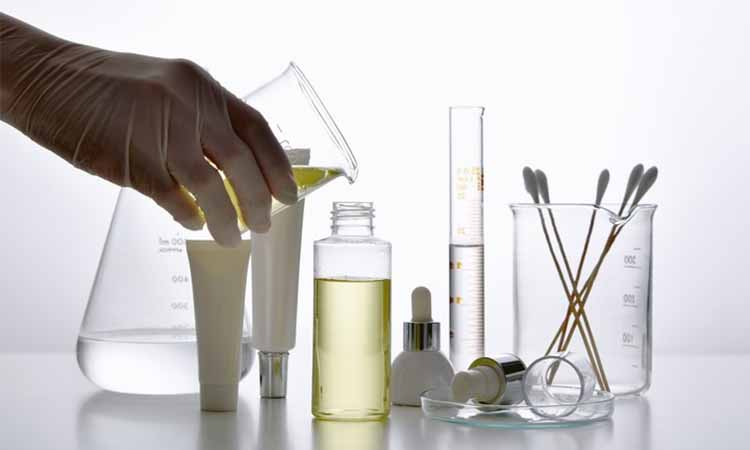
The first stage of toothpaste manufacturing is raw materials preparation. These usually consist of:
- Abrasives (e.g., calcium carbonate or silica)
- Humectants (such as glycerin or sorbitol)
- Binders and thickeners
- Surfactants (foaming agents)
- Flavoring agents
- Active ingredients (such as fluoride)
These ingredients are pre-measured and are subsequently added to a blending tank, where they are agitated to create an initial base. Water is gradually added to mix the desired consistency.
Emulsification of Active Ingredients
After the base mix, active ingredients such as whitening products and fluoride products are added. Manufacturers use emulsifying machines to enable smooth distribution and mixing for even coverage. This is done in stabilizing the formula and preventing separation in the future.
King Pack provides a diverse range of tube machines, seal tube systems, and ancillary support products such as labeling and capping machines, and is therefore a one-stop business partner for business organizations seeking automated toothpaste production.
Emulsifying Machines in Toothpaste Production
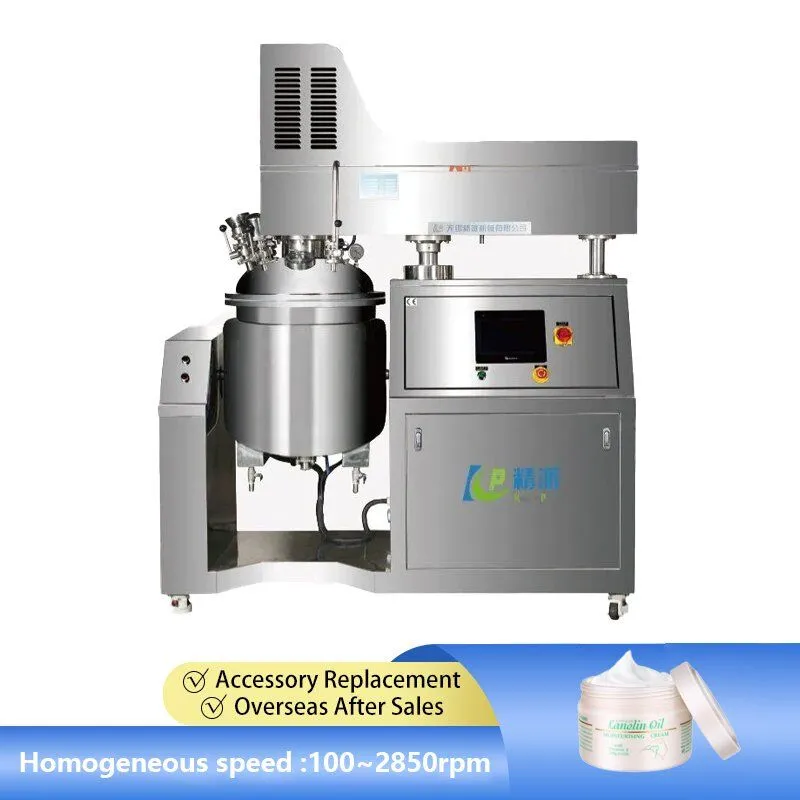
Successful emulsification ensures toothpaste possesses the smooth, uniform consistency that consumers expect. Industrial toothpaste production relies upon sophisticated emulsifier equipment with high-shear mixing and deaeration.
Emulsifying Blender vs Emulsifier Machine
Both emulsifier machines and emulsifying blenders are applied in toothpaste production, as a function of batch size and degree of formulation:
Emulsifying Blender: Best for small batches or pre-mixing phases. Emulsifying blenders use shear force to blend ingredients evenly.
Emulsifier Machine: Applied in bulk production, such machines have vacuum facilities, high-speed cutting blades, and cooling jackets to help maintain product integrity.
To manufacturers, between the two, production volume, texture preference, as well as formula stability are the concerns.
Benefits of Using Vacuum Emulsifying Equipment
Production houses nowadays employ vacuum emulsifying machines to increase efficiency without compromising on product quality. The major advantages are:
Eliminates Air Bubbles: Vacuum mixing eliminates air entrapment, and this improves product shelf life.
Faster Processing: Shortens emulsification time with high particle dispersion.
Improved Stability: Offers consistency in color, viscosity, and pH.
King Pack provides custom emulsifying equipment solutions that integrate perfectly into an overall filling product line so that manufacturers can produce consistently in volume.
Filling The Toothpaste into Tubes
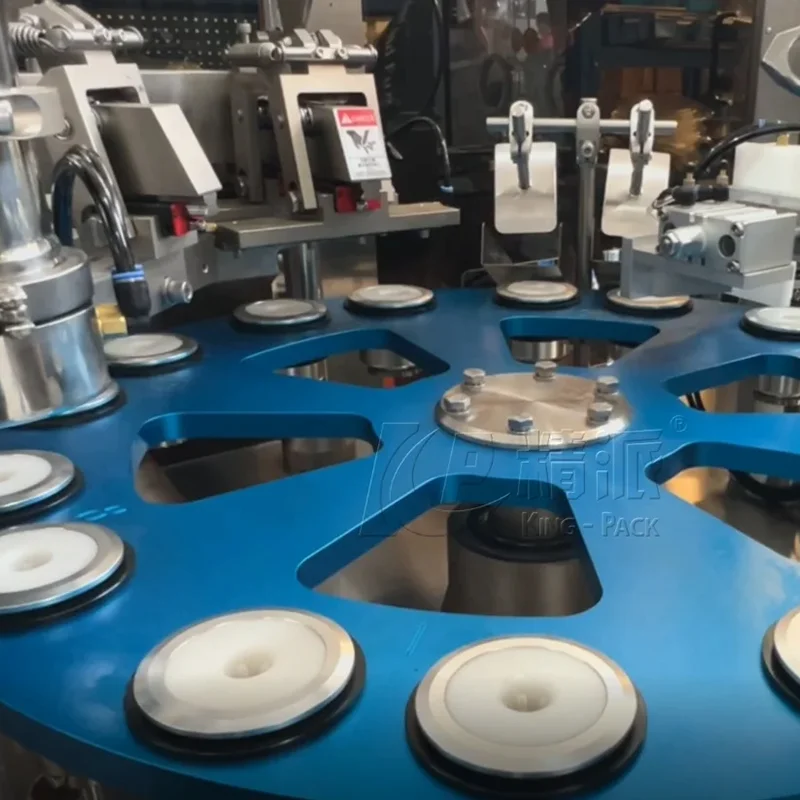
After emulsification and mixing of the toothpaste, it’s then ready to be packed into tubes with precise equipment.
Automatic Tube Filling and Sealing Machine
The tube filling and sealing machine includes a load ramp,fill station, and tube bulk bin, and it is a central component of toothpaste manufacturing. Tube filling machines also have orient, and closure stations for plastic tubes, laminate tubes, or aluminum tubes. A hot air is pushed under pressure to warm up the sealing zone ahead of time, and the compressed air is heated in a chamber with a hot air tool leister.
sealing machine
The machines fill and cap in a single automated operation. It can run both aluminum tubes and plastic at a speed of 30 to 80 per minute.
Filling: Paste is filled in each tube in equal quantity.
Sealing: The tube’s open end is sealed by pressure or heat, depending on the tube material.
More recent auto tube fillers incorporate digital controls, servo motors, and rapid changeover for different tube sizes and products. King PackTube Filling Machine automatically fill and seal toothpaste, gels, creams, pastes, adhesives, food, and more into plastic tubes, laminated, metal, as well as aluminum tubes.
Tube Sealing Systems for Plastic and Small Diameter Tubes
After filling, the tubes must be properly sealed to prevent leakage and contamination using a sealing machine. For some applications, there are also tube-sealing systems:
Plastic Tube Sealer: For everyday polyethylene or laminated tubes.
Small Diameter Tube Sealing: There is accurate sealing of small tubes by specialized equipment, typically used for travel pack or sample size applications.
A sealer tube system usually includes equipment like temperature, pressure, and trimming to provide a clean finish. King Pack provides high-performance automatic tube sealers for wide-ranging applications.
Ensuring Consistency in Tube Filling and Sealing
Consistency is essential in the computer-controlled production of a sealing machine. All of the tubes have to be identical in fill weight, seal quality, and appearance. State-of-the-art tube machines are equipped with:
Weight checking systems, Fault detection sensors, Precision filling prodcution and experince, No-product, no-fill mechanisms. These traits minimize wastage and ensure that all the tubes are of good quality.
Final Packing and Tube Packing Equipment

Automatic equipment for tube filling, labeling, and quality inspection is all integrated as downstream with a filling and a sealing machine.Tube sealing machine tester send Inquiry the tube filling and sealing machine automatically fills and seals tubes.
In modern plants, all product packaging is included in the total filling line of the product, reducing manual handling and maximizing volume.
End-of-line packaging plays a crucial role in product display, company reputation, and transportation safety. An optimized packaging system makes the product look better on shelves. It also makes operations easier. This is especially true for high-volume production lines used by leading oral care companies. We can experience awe-inspiring and tremendous products with a tube filling and sealing machine.
Tube Packers and Labeling Systems
Tubes are brought from the automatic tube filling machine distributor and directed into tube packers. They are made to group, arrange, and position finished laminated tubes into cartons or trays. Their high-speed versions are capable of handling hundreds of units per minute with accuracy regarding orientation as well as quantity. Tube packers typically consist of:
- Mechanical infeed systems for progressive tube alignment
- Cartoning machines fold and glue cut-up cardboard boxes
- Tray pushers and loaders to place tubes precisely inside the cartons.
- Securing and taping equipment to keep the final packs stable
After tube filling with a tube filling and sealing machine whcih are controled witha PLC based and touch screen control panel, product-specific data is used to label cartons with labeling systems. They include:
- Barcode tags for inventory management
- Batch number and date of expiry for traceability
- Branding labels with high-resolution images
King Pack offers multi-functional packing systems that integrate tube packers, labelers, and coders into a single rational, integrated process. The systems can be integrated to work together with upstream equipment like the emulsifying machine, tube machine, and automatic tube sealer—running your entire filling product line with utmost coordination. We are one of the the top-rated company in the manufacturing of mixer, filling, and sealing machine. Our sealing machine provides exceptional production.
Final Packing and Tube Packing Machine
Once the toothpaste is safely emulsified, filled, and sealed into individual tubes, the final step is to ready the product for safe and effective distribution. Automatic equipment for tube filling, labeling, and quality inspection is all integrated as downstream filling equipment. In modern plants, all product packaging is included in the total filling line of the product, reducing manual handling and maximizing volume.
End-of-line packaging plays a crucial role in product display, company reputation, and transportation safety. A fully automatic dipslide filling machine transfers dipslides from an infeed rail, quickly and precisely fills, transports dipslide on a belt conveyor along the drying tunnel.
An optimized packaging system, in addition to enhancing shelf appeal, also simplifies operations, especially on high-volume production lines common to market leaders in oral care.
Tube Packers and Labeling Systems
Tubes are brought from the automatic tube filling machine and directed into tube packers. They are made to group, arrange, and position finished tubes into cartons or trays. Their high-speed versions are capable of handling hundreds of units per minute with accuracy regarding orientation as well as quantity. Tube packers typically consist of:
- Mechanical infeed systems for progressive tube alignment
- Cartoning machines fold and glue cut-up cardboard boxes
- Tray pushers and loaders to place tubes precisely inside the cartons.
- Securing and taping equipment to keep the final packs stable
After tube filling, product-specific data is used to label cartons with labeling systems. They include:
- Barcode tags for inventory management
- Batch number and date of expiry for traceability
- Branding labels with high-resolution images
King Pack offers multi-functional packing systems that integrate tube packers, labelers, and coders into a single rational, integrated process. The systems can be integrated to work together with upstream equipment like the emulsifying machine, tube machine, and automatic tube sealer—running your entire filling product line with utmost coordination. Our company accept any of your tube filling and sealing machine customization, automatic tube load system, and filling line semi-automatic tube filling line.
,
Quality Inspection Before Shipment
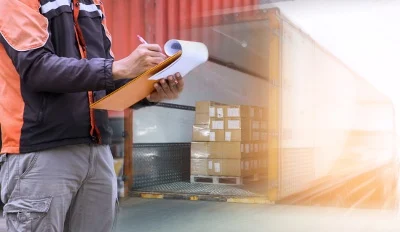
Prior to boxed toothpaste items being shipped out of the factory, they undergo a rigorous checkup process to guarantee safety, regulation, and customer satisfaction. Inspection systems—most commonly found after the sealer tube or tube closing system—detect defects in every package automatically.
Certain critical milestones are:
- Seal integrity test by pressure or vacuum techniques
- Weighting to ensure that the tube contains the correct amount of paste
- Label accuracy scanning through OCR (Optical Character Recognition) systems
- Box seal authentication to ensure that packaging is tamper-proof and intact
These inspection units are normally part of automated filling machine and it used to to fill and seal creams and other materials into laminated tubes and plastic tubes.. The system automatically rejects and removes defective products. It does this without stopping the production line. To facilitate efficient growing demand and regulatory needs, manufacturers utilize smart technologies like vision-based sensors and artificial intelligence-based quality analytics. These smart technologies minimize the likelihood of human error and accelerate checking without compromising high product quality.
Inside a Toothpaste Factory: From Mixing to Shipment
Entering a contemporary toothpaste factory is to enter a closely regulated world of high-tech machinery, choreographed timing, and rigorous quality control. Tube filling and sealing machines are used to pack substances with varying flow and viscosity properties. Tube filling machines for plastic tubes include hot air tube fillers, and ultrasonic tube filling and crimping machines.
Tube filling and sealing machines fill and seal polyethylene and laminated tubes and include a load ramp, laminated tubes, fill station, and plastic and aluminum tubes.
Each action, from raw material dosing to final box labeling, is carefully choreographed to offer cleanliness, efficiency, and uniform output.
How Big Brands Like Colgate Operate

Big manufacturers such as famous brands Colgate have fully automated colgate factory lines where in production is achieved with minimal or no human intervention. The factories utilize industrial-sized filling machines, touch screen control panel, and emulsifier machines to facilitate 24/7 production with utmost consistency of product. Each stage requires dependable equipment and impeccable execution. In order to complete the production line of a tube filling and sealing machine are the filling machine, capping machine, and labeling machine.
This is how an average line of production operates in such a plant:
Ingredient Storage and Dosing: Raw materials are held in tanks or silos and automatically dosed and weighed according to digital recipes.
Mixing and Emulsifying: Large capacity mixers are used to prepare the base paste and it is thereafter passed through vacuum emulsifying machines or emulsifying blenders to form a smooth, air-free paste.
Transfer to Filling Place: The final mixture is transferred to the filling place in sealed pipes to ensure hygiene and avoid contamination using a touch screen control panel. Aluminum tube filling and crimping machine is used for filling aluminum tubes with gels, creams or other fluids, crimping them, stamping date.
Sealing and Tube Filling: Automatic tube filling machines are used to package the paste into pre-loaded tubes. A tube sealing system—plastic tube sealing or small diameter tube sealing. Most machines also include a closing mechanism with either a heat seal or a fold and crimp for metal tubes.
Automated labeling and inspection: Sensors verify
- Fill level
- Seal integrity
- Label position
The product is rejected automatically if it fails to meet specifications.
Final Cartoning and Palletizing: The tubes are packed into cartons with the help of tube packers and labeled by automatic systems. The cartons are then shrink-wrapped, stacked, and dispatched.
Such integration is achieved through a synchronized filling line of products that not only includes fillers and mixers but also coding, labeling, and packaging equipment.
Integrated Filling Product Lines Ensure Efficient Manufacturing
Whether you produce small-sample-size tubes or commercial-size toothpaste products, having the proper filling machinery partner matters. With its long history and tested solutions, King Pack helps manufacturers worldwide create high-efficiency lines that scale to satisfy market demand. Planning to add to your line of toothpaste production? King Pack has the gear and know-how to propel your expansion—effectively and reliably.




